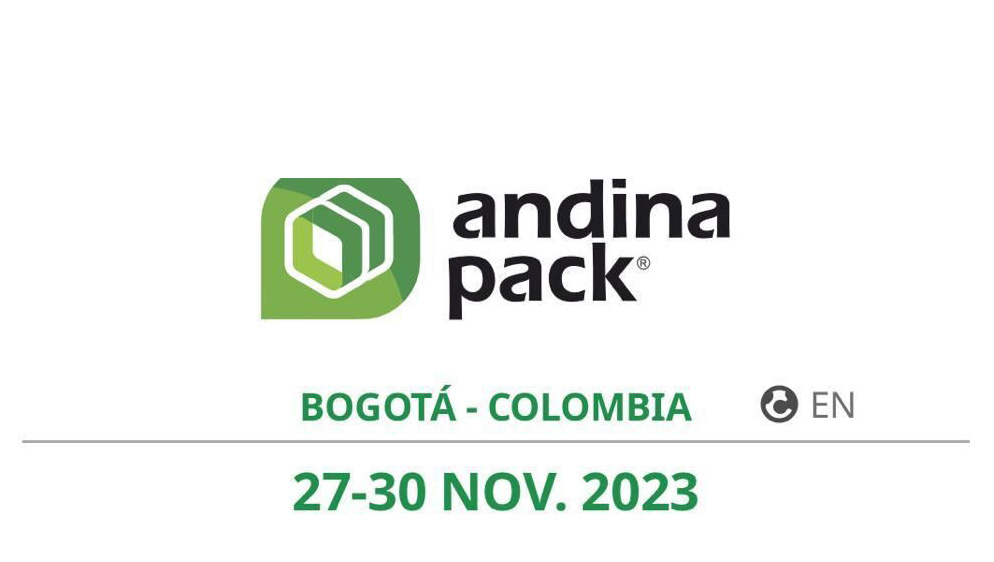-
Flexible Packaging Film
 Premade Bags& Pouches
Premade Bags& Pouches Die-cut Lids
Die-cut Lids New Products
New Products
-
Snacks
 Dairy
Dairy Beverage
Beverage Pet Care
Pet Care Confectionery
Confectionery Lawn& Garden
Lawn& Garden Processed Food
Processed Food Home&Personal Care
Home&Personal Care Meat, Poulty& Seafood
Meat, Poulty& Seafood Eco-solutions Family
Eco-solutions Family
-
Film Blowing
 Die-cutting
Die-cutting Graphics& Printing
Graphics& Printing Pouch Converting
Pouch Converting Laminating& Coating
Laminating& Coating Innovation& Package Engineering
Innovation& Package Engineering Finishing& Slitting
Finishing& Slitting Quality Control
Quality Control
-
Company Environmental ResponsibilityFormalizing our ESG strategy for sustainable products by 2025 while prioritizing people and impact in our communities and the worldProactive Sustainability PackagingWe proactively engage and collaborate with employees, suppliers, and customers to minimize our facilities' environmental impact and energy usageOperation SustainabilityWe use advanced technology to develop sustainable, flexible packaging solutions and have developed sustainable product groups to increase our environmentally sound offeringsSocial SustainabilityWe prioritize social sustainability by promoting employee well-being and supporting local communities, and commit to sustainability extends to ethical and safe operations globally
How to Choose the Right Type of Flexible Packaging for Your Product:
Published Time:
2022-07-11
Learn about the different types of flexible packaging available and find out which one is best for your specific product.
Choosing the right type of flexible packaging for your product is essential to ensure its safety, quality, and shelf life. Here are some steps to help you choose the right type of flexible packaging for your product:
Identify your product's needs: Start by identifying the needs of your product, such as its sensitivity to light, moisture, oxygen, and other environmental factors. This will help you determine the type of material and packaging structure required for your product.
Understand the types of flexible packaging available: Flexible packaging comes in various types, including pouches, bags, sachets, wraps, and films. Each type of packaging has its own benefits and limitations. For instance, pouches are ideal for packaging liquids and powders, while films are best for packaging products that require a high barrier against oxygen and moisture.
Consider the material options: Flexible packaging can be made from different materials, including plastic, paper, aluminum foil, and biodegradable materials. Each material has its own unique properties and benefits, so it's important to choose the one that best suits your product's needs.
Evaluate the packaging structure: Flexible packaging structures can be customized to meet the specific needs of your product. For instance, a packaging structure can be designed with multiple layers to provide added protection against environmental factors.
Test the packaging: Once you have identified the type of flexible packaging you need, it's important to test it with your product. Conducting a packaging trial will help you determine if the packaging is suitable for your product and whether it provides the necessary protection and shelf life.
In summary, choosing the right type of flexible packaging for your product requires a thorough understanding of your product's needs, the types of packaging available, the material options, and the packaging structure. Conducting a packaging trial can help ensure that the packaging you choose is the right one for your product.
Related News





Related Links: www.co-pack.net © Wenzhou Co-pack Co., Ltd. SEO Powered by www.300.cn





